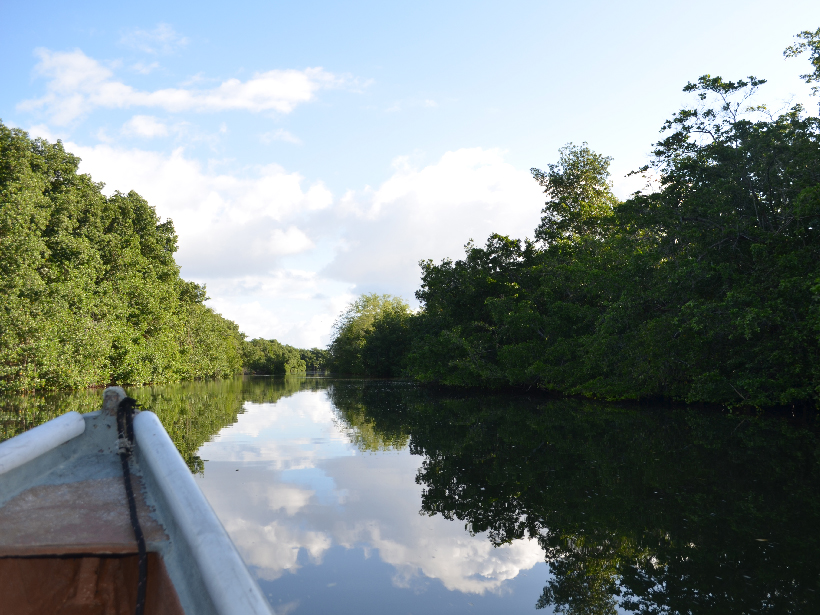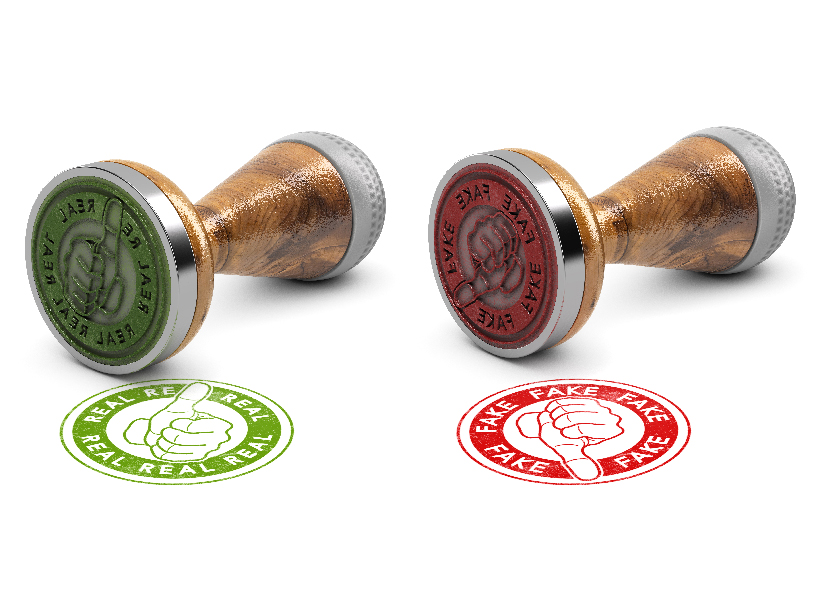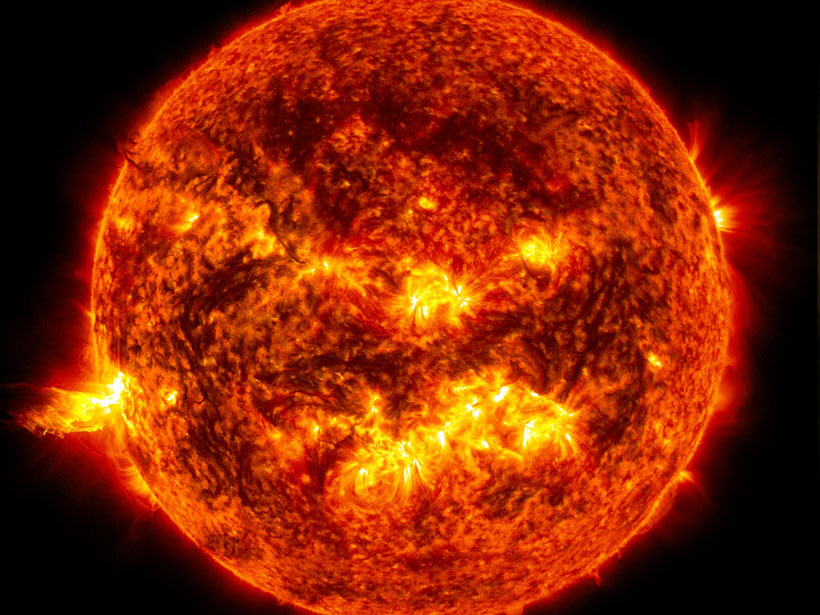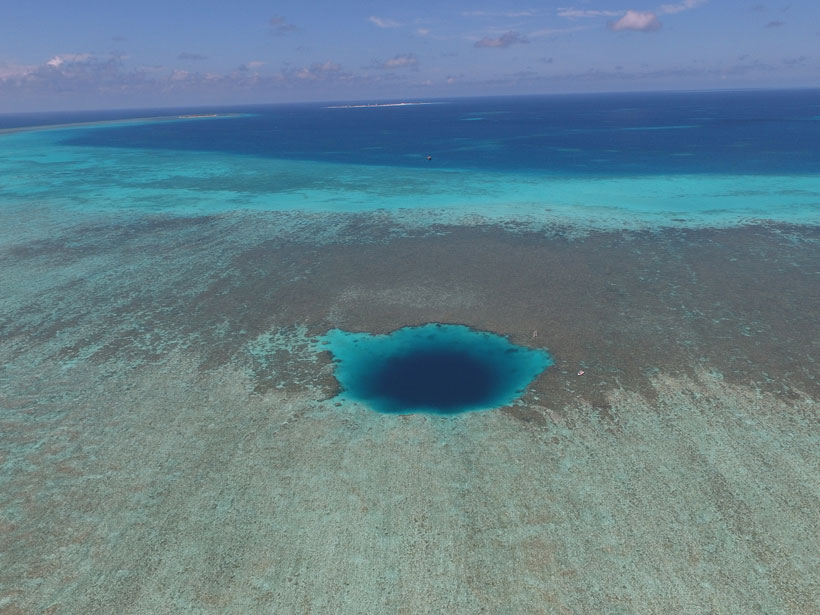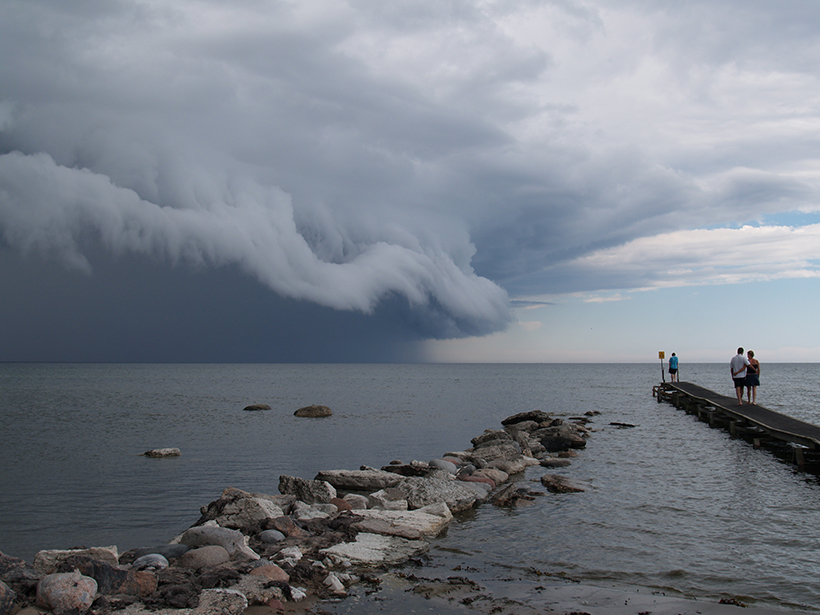Incorporating random variation of temperature, humidity, and wind offers a computationally cheap alternative to improving resolution in an Earth system model when predicting when Arctic sea ice will disappear.
AGU 2020
Linking Hydrology and Biogeochemistry in a Tropical Urban Estuary
Low-lying coastal estuaries are intertwined with tropical cities around the world. Yet little is known about these water bodies, which affect millions of people globally.
Nonscientists Struggle to Separate Climate Fact from Fiction
People were much worse at identifying false statements about climate change than about general science, and they were overly confident in their answers.
How Accurate Are Our Measurements of the Sun’s Energy?
As instruments collecting solar data degrade, researchers must correct for errors. A new study compares several methods to correct solar spectral irradiance measurements.
Carbon Cycling in the World’s Deepest Blue Hole
Scientists find new extremes as they research carbon cycling in the Yongle blue hole.
This Week: Guilty Pleasures to Get You Through Quarantine
Taking a brief break from Earth and space science for…primal screams and pet pics?
El Compostaje Humano es el Camino Ecológico a Seguir
Nuestro impacto ambiental no desaparece cuando morimos, pero existe una forma de convertir este impacto en algo positivo.
First Issue of AGU Advances Highlights Influential Science
Convergent, high-impact research that contributes to society is the hallmark of AGU’s new flagship journal.
Tracking Trace Elements Across the Arctic Ocean
Researchers used data from a pan-Arctic survey of carbon and trace elements to better understand how climate change will affect primary production in one of the fastest warming regions of the world.
Machine Learning Improves Weather and Climate Models
New research evaluates the performance of generative adversarial networks for stochastic parameterizations.


